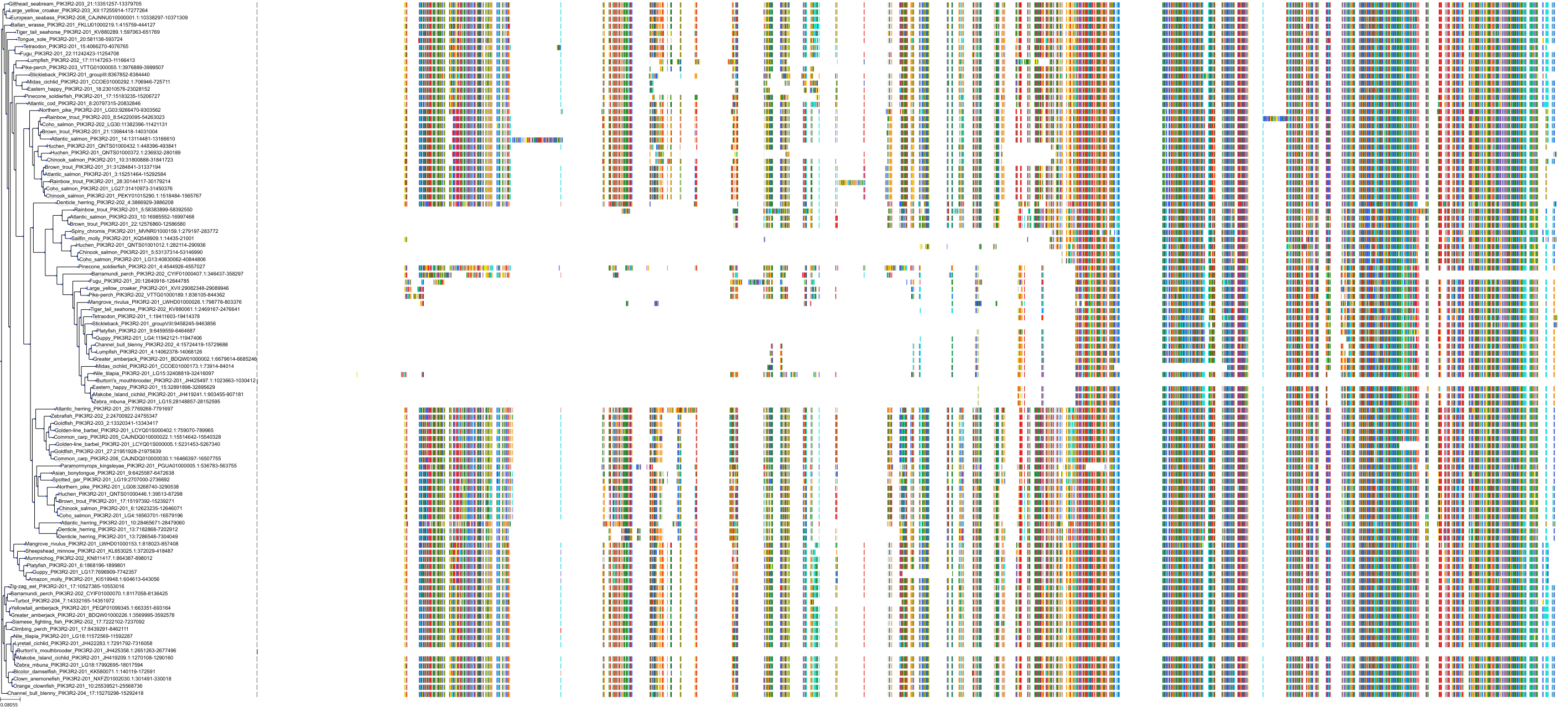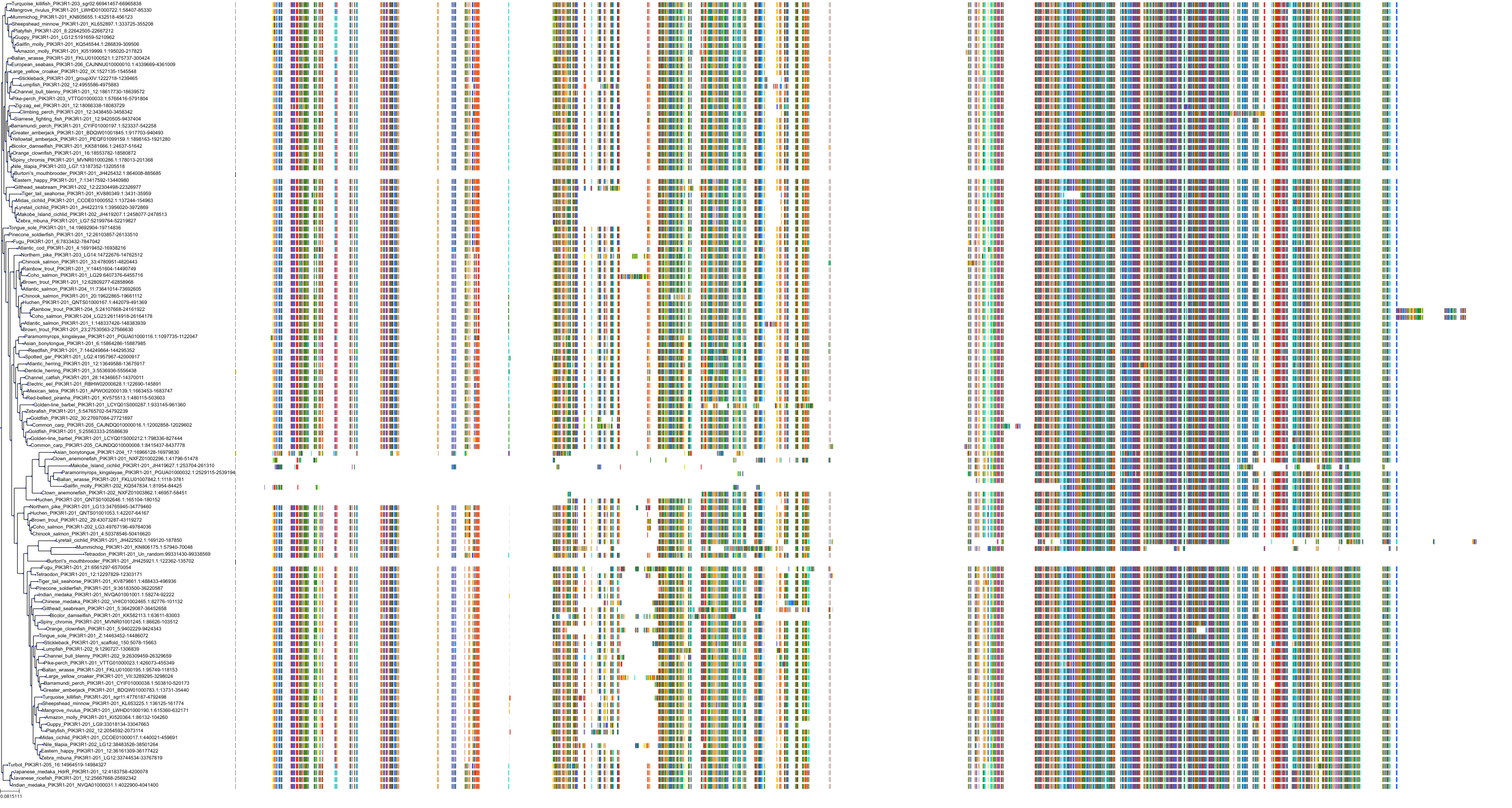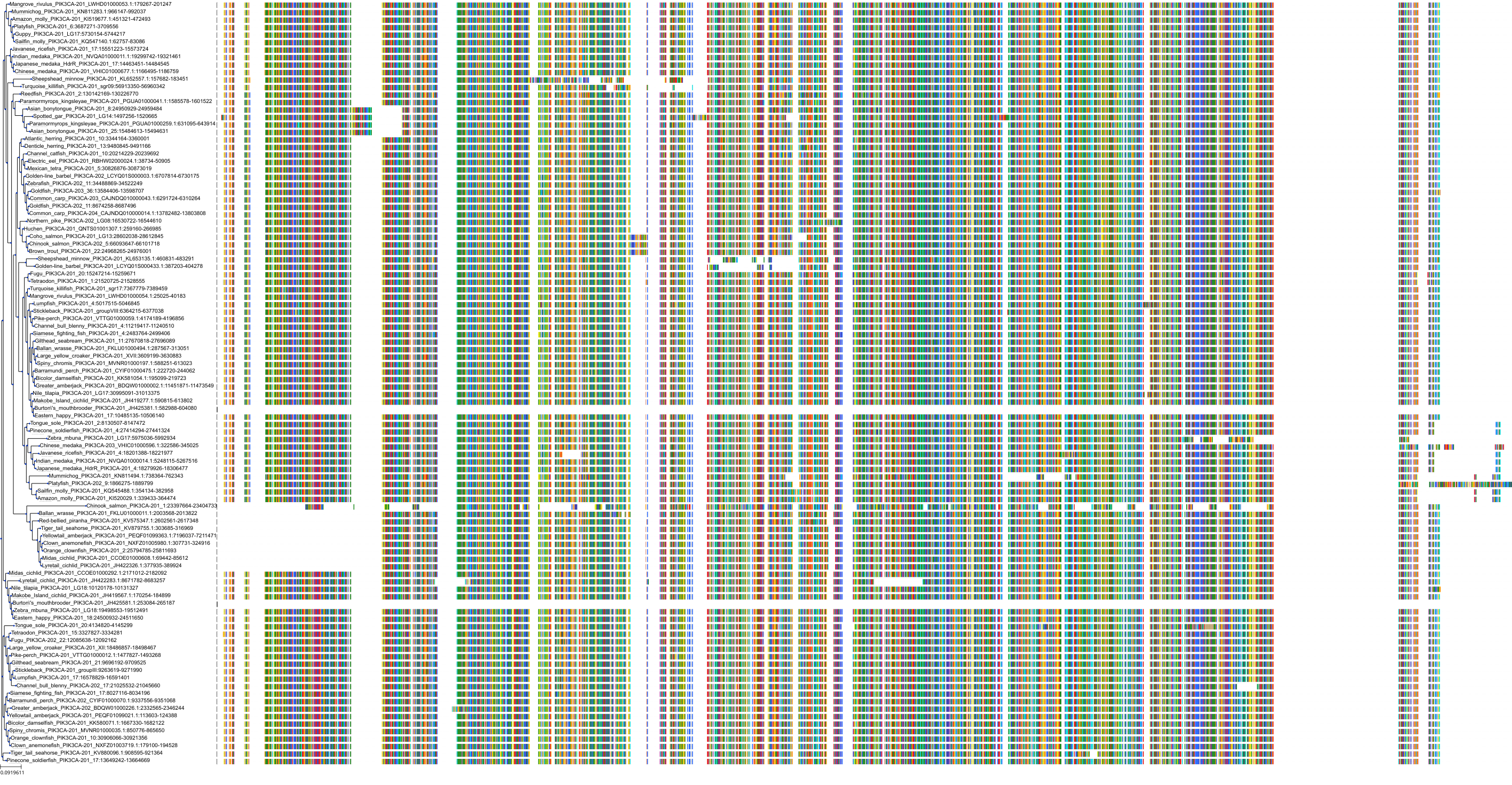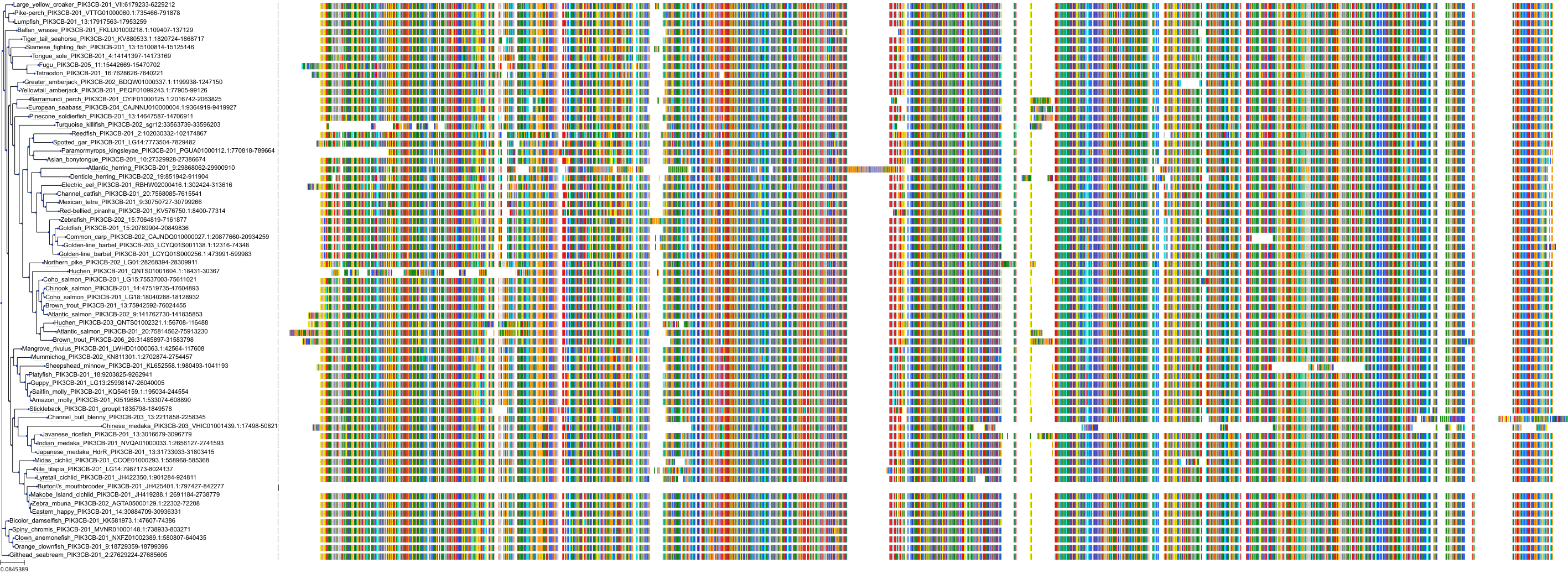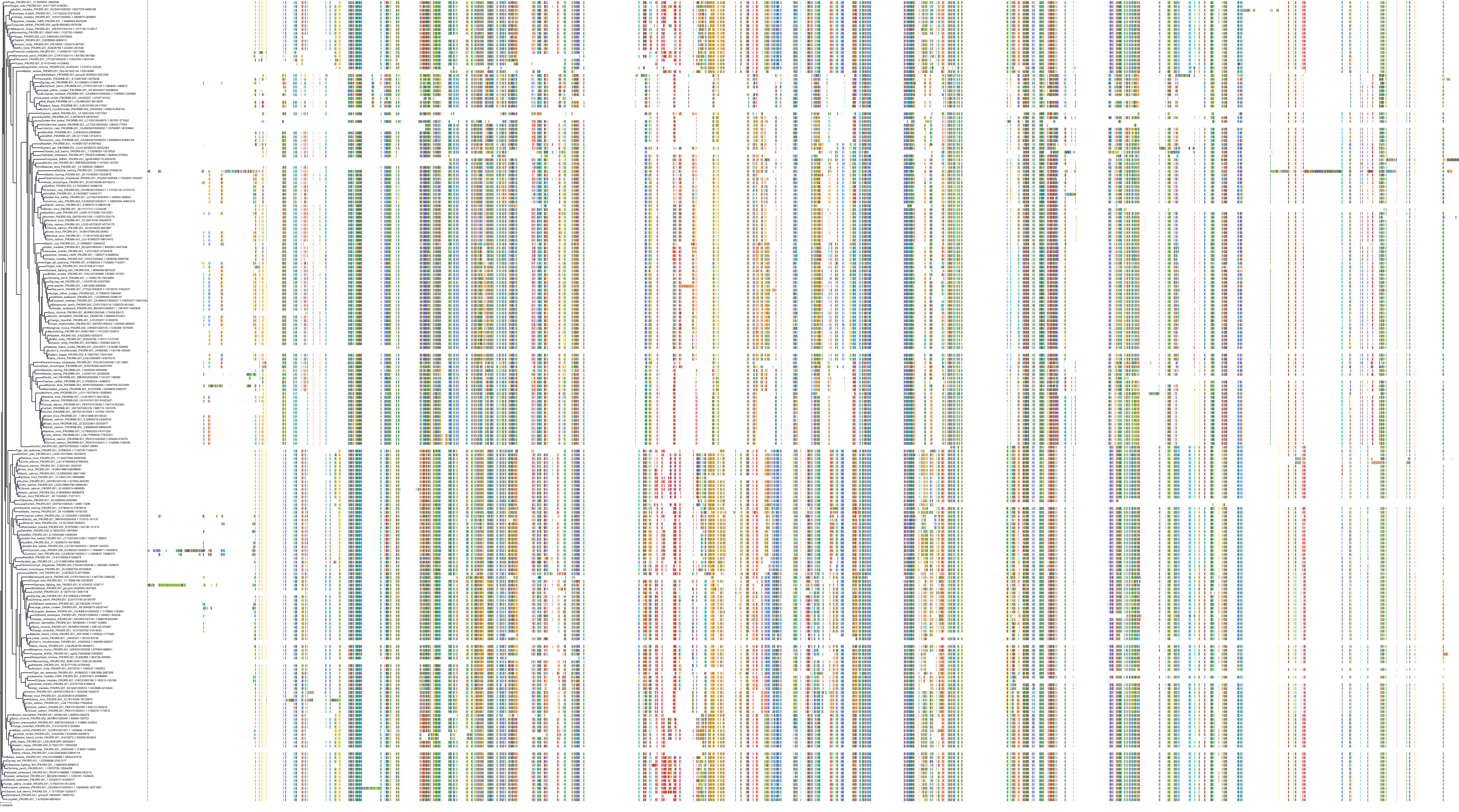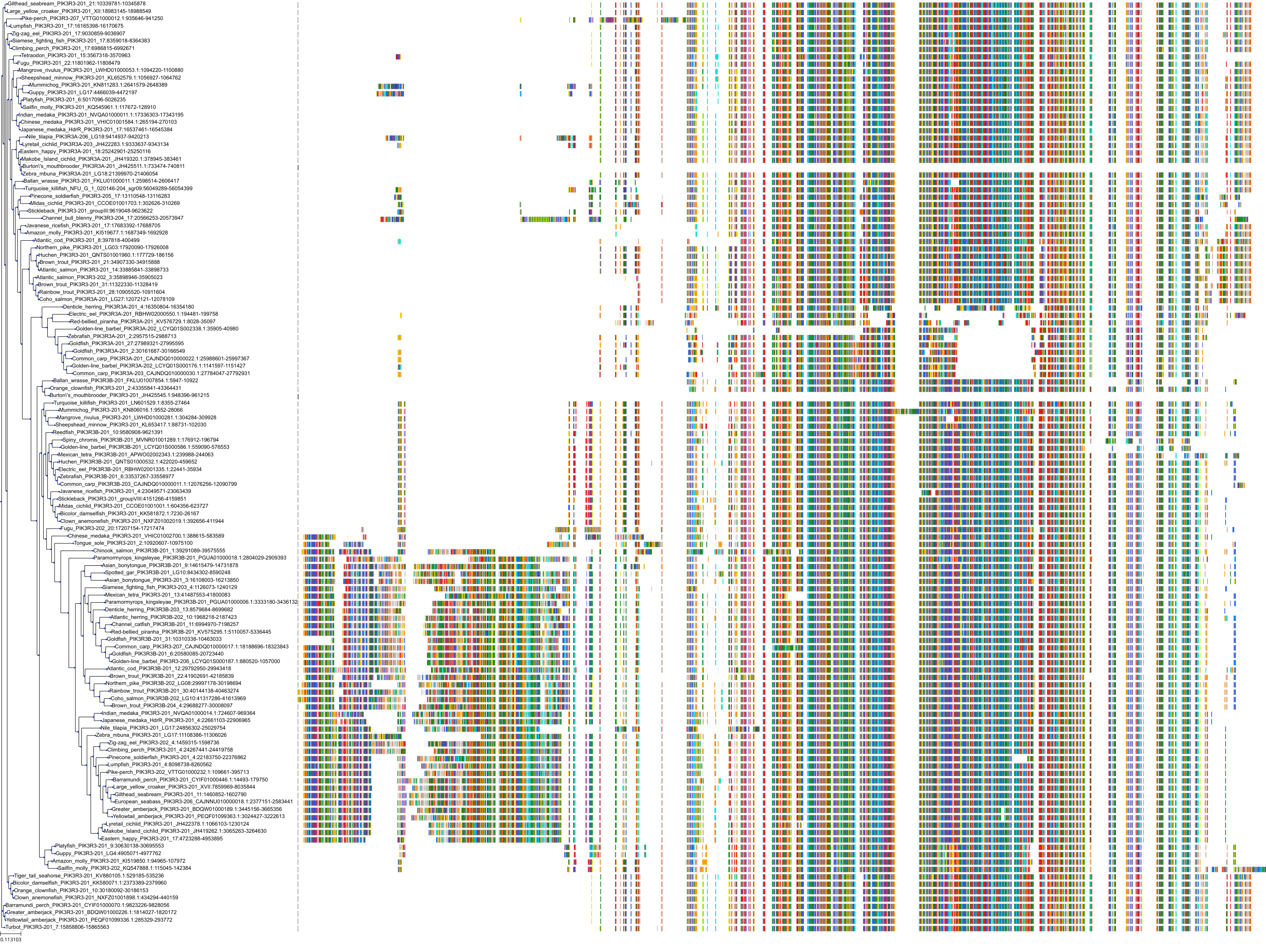| Synonyms | |
| Status | |
| Molecule Category | Free-form |
| UNII | 78G6MP5PZ5 |
| EPA CompTox | DTXSID00657619 |
Structure
| InChI Key | IRTDIKMSKMREGO-OAHLLOKOSA-N | |
|---|---|---|
| Smiles | ||
| InChI |
|
Physicochemical Descriptors
| Property Name | Value | |
|---|---|---|
| Molecular Formula | C22H24N4O4 | |
| Molecular Weight | 408.46 | |
| AlogP | 2.71 | |
| Hydrogen Bond Acceptor | 7.0 | |
| Hydrogen Bond Donor | 2.0 | |
| Number of Rotational Bond | 5.0 | |
| Polar Surface Area | 96.17 | |
| Molecular species | ACID | |
| Aromatic Rings | 3.0 | |
| Heavy Atoms | 30.0 |
Bioactivity
| Mechanism of Action | Action | Reference | |
|---|---|---|---|
| PI3-kinase class I inhibitor | INHIBITOR | PubMed |
|
Protein: PI3-kinase class I Description: Phosphatidylinositol 4,5-bisphosphate 3-kinase catalytic subunit delta isoform Organism : Homo sapiens O00329 ENSG00000171608 |
||||
|
Protein: PI3-kinase class I Description: Phosphatidylinositol 3-kinase regulatory subunit beta Organism : Homo sapiens O00459 ENSG00000105647 |
||||
|
Protein: PI3-kinase class I Description: Phosphatidylinositol 3-kinase regulatory subunit alpha Organism : Homo sapiens P27986 ENSG00000145675 |
||||
|
Protein: PI3-kinase class I Description: Phosphatidylinositol 4,5-bisphosphate 3-kinase catalytic subunit alpha isoform Organism : Homo sapiens P42336 ENSG00000121879 |
||||
|
Protein: PI3-kinase class I Description: Phosphatidylinositol 4,5-bisphosphate 3-kinase catalytic subunit beta isoform Organism : Homo sapiens P42338 ENSG00000051382 |
||||
|
Protein: PI3-kinase class I Description: Phosphatidylinositol 4,5-bisphosphate 3-kinase catalytic subunit gamma isoform Organism : Homo sapiens P48736 ENSG00000105851 |
||||
|
Protein: PI3-kinase class I Description: Phosphoinositide 3-kinase regulatory subunit 5 Organism : Homo sapiens Q8WYR1 ENSG00000141506 |
||||
|
Protein: PI3-kinase class I Description: Phosphatidylinositol 3-kinase regulatory subunit gamma Organism : Homo sapiens Q92569 ENSG00000117461 |
||||
| Targets | EC50(nM) | IC50(nM) | Kd(nM) | Ki(nM) | Inhibition(%) | ||
|---|---|---|---|---|---|---|---|
|
Enzyme
Transferase
|
- | 10-40 | - | - | - |
Cross References
| Resources | Reference | |
|---|---|---|
| ChEBI | 91359 | |
| ChEMBL | CHEMBL2165191 | |
| DrugBank | DB14980 | |
| FDA SRS | 78G6MP5PZ5 | |
| Guide to Pharmacology | 8059 | |
| PDB | A82 | |
| PubChem | 44137675 | |
| SureChEMBL | SCHEMBL1812377 | |
| ZINC | ZINC000038628584 |













